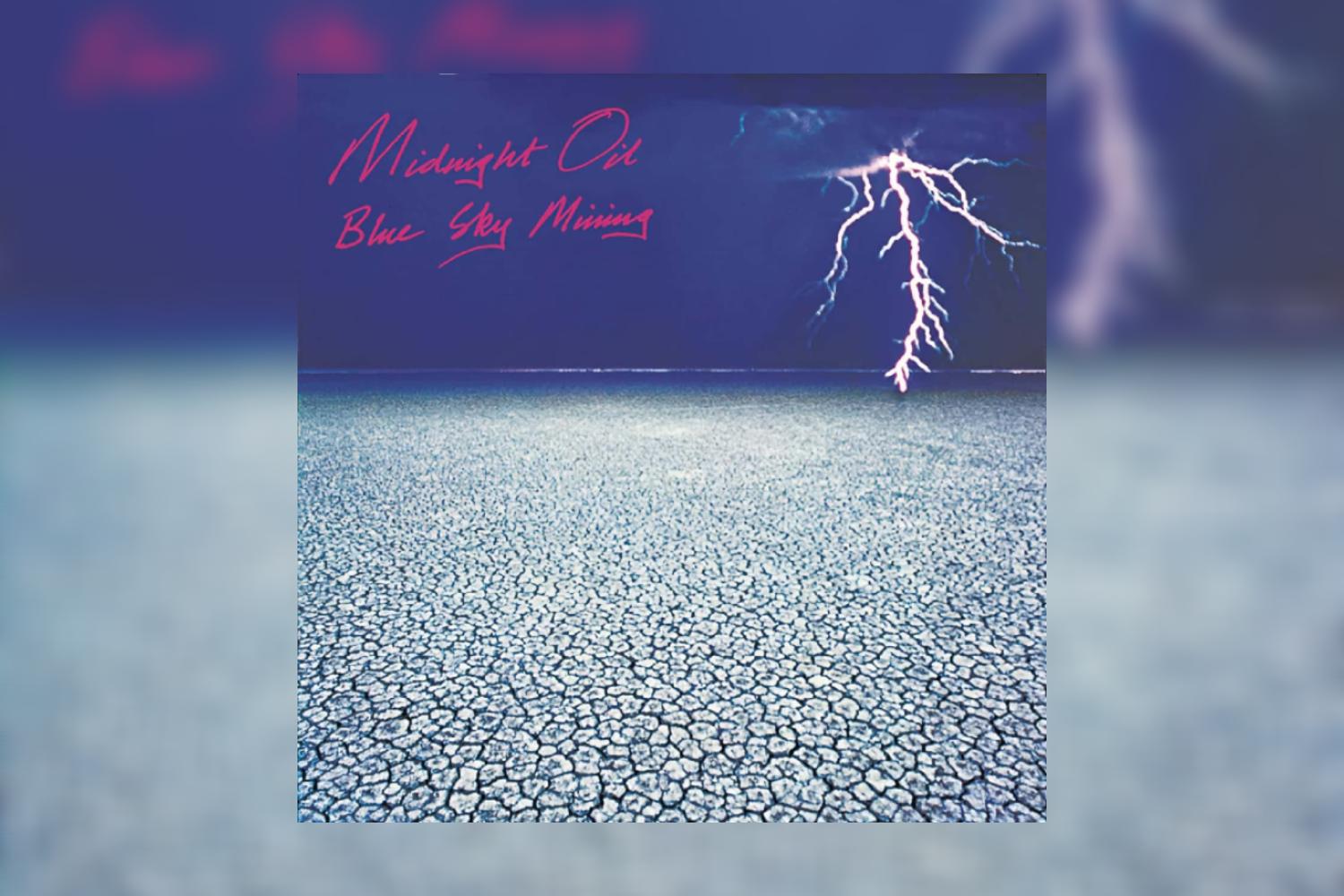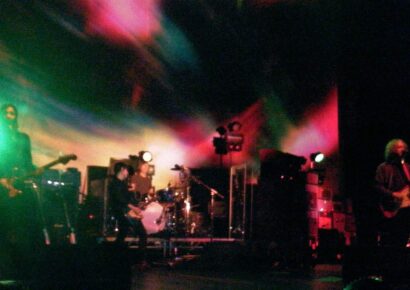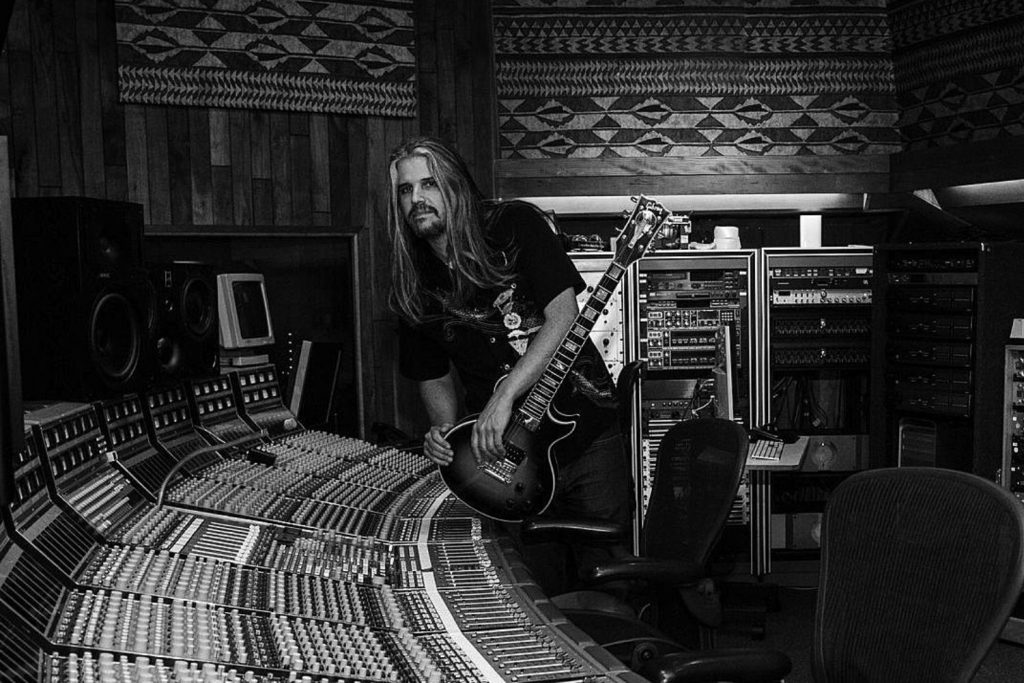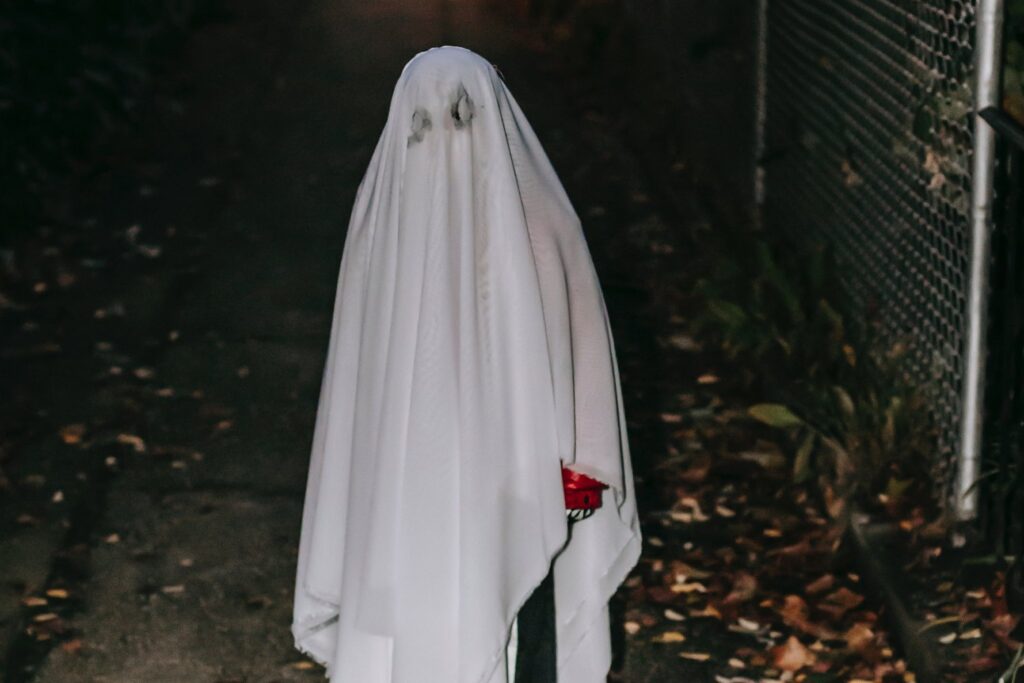A sneak peek behind the scenes of the recording of the classic Midnight Oil album 'Blue Sky Mining'
Diesel and Dust from 1987 was an international breakthrough for the icons of Australian music Midnight Oil as they entered the studio to record their follow up album. What resulted was the most ambitious project that Midnight Oil had attempted to date. Their seventh studio album Blue Sky Mining was thematically complex, with multiple layers of production delivering a highly polished, sophisticated result.
Produced by Warne Livesey, the album was tracked and mixed at Rhinoceros Studios in Sydney over a three month period. The album also yielded three successful singles, ‘Blue Sky Mine’, ‘Forgotten Years’, and ‘King of the Mountain’, peaking at #1 on the ARIA charts. Looking for some insight into the background of the recording of this classic, we caught up with part of the production team involved in the project.
Blue Sky Mining
Brendan Anthony is a music producer with over 30 years of industry experience. Through his current role, he is educating future music producers as a lecturer in music production at the Queensland Conservatorium. Brendan started his career as an assistant engineer working at Rhinoceros Recordings in the late ’80s, working alongside Warne Livesey on the album. This formative experience was one of his first at Rhinoceros and while discussing the recording, Brendan enthusiastically recalls his time on the project.
Read all the latest features, columns and more here.
Rhinoceros studios was a space where a lot of Australian rock was recorded, with INXS recording seminal work there, even owning a share of the studio. Curious about the studio space, my first question to Brendan asked what he remembers of the studio and the equipment used to record Blue Sky Mining.
The gear
“I remember it pretty vividly. It was the second big record that I worked on and I was only 21 at the time. I did Mossie’s (Ian Moss) Matchbook album and then I worked on this,” recalls Brendan. “Blue Sky Mining was recorded in what was called Rhino Studio Two, downstairs at the studios in Surry Hills. It was an exorbitant space with a 10-15 metre-square control room, fitted out with a 56 channel SSL G Series console that featured eight external auxiliary sends. We used NS10Ms and Boxer monitors and for this project, hired a number of UA 1176s, but Rhino had heaps of outboard gear available in the form of effects and compressors.”
Having visited Rhinoceros myself back in that era, I also vividly remembered the sheer size of the control room and the live room. It was definitely in the higher end of the market as far as Sydney studios went at the time. The conversation then turned to microphones and mic setups for the drum recording. “The microphones used were all the studio’s stock mics, Neumann U87s, KM 84s, TLM170s, U47 FETs, AKG 451s, SM57s, Sennheiser 421s etc.,” suggests Brendan. “The drum kit was close mic’d, but there were four room mics, because Rhino 2 had this amazing stone drum room with an RPG diffuser on the ceiling. Two U87s at the front and two U89s at the back. All of the preamps were the SSL G Series and nothing was hired in that respect.”
Rob Hirst
We then started to discuss the recording of the project and some of the workflows involved in its creation. “The band set up and played together, but basically they were just after Rob Hirst’s drums to begin with, then the overdubbing took place once we had a drum take they were happy with.”
Brendan also recalled how emerging technology played its part in the production of Blue Sky Mining. “It’s interesting to note that the signature track ‘Blue Sky Mine’ is actually all programmed drums. Warne had an Akai S1000 sampler and for some reason Rob was away, so he decided to program a version of the drums using the sampler. Warne felt that it was ironic to be programming drums for one of the most iconic drummers in the country, but what he did worked. He used all of the signature Rob Hirst quarter snare hits through the introduction, so it sounded like Rob’s drumming. The samples he used were also great and he played it to Rob, who agreed that they would go with that version.”
“The other interesting thing about the sessions was that Jim Moginie and Martin Rotsey, the two guitarists for the band, when they tracked acoustic guitars they played together. We tracked the acoustics in the drum room for the natural reverb. They would sit there looking at each other playing in real time. It really gave the recording a band feeling tracking acoustics that way,” suggests Brendan.
Hunters and Collectors
Apart from the standard ‘rock band’ instrumentation, Blue Sky Mining is augmented with other instruments. Recalling the complexities of the project, Brendan reminisces about the diverse production approaches used in the album. “Another thing I remember was that they brought the french horn player from Hunters and Collectors up from Melbourne to record some parts. He did a great job and in that era where else would you go for a french horn player. His work was iconic.
“There are also some trumpet performances on the album that were tracked in a big car park, as opposed to the studio. That’s on the intro section of the track ‘Bedlam Bridge’. The sound was amazing, with the echo sitting perfectly with that track. There were strings on the album too. ‘Mountains of Burma’ had a full orchestra and I believe Warne did all of the arrangements for that, which was pretty incredible. The strings were set up in the drum room, but the rest of the orchestra spilled out over the recording space, which was quite large.”
Enter: Peter Garrett
The overall sound of the album would not be the same without the iconic vocal performances of Peter Garrett. Capturing the passion of his conviction would be core to the recording of any Midnight Oil album.
“Peter Garrett is probably the most talented person I’ve ever met to make up lyrics on the spot,” enthuses Brendan. “If you listen to “King of the Mountain” at the last vocal section, I think he sings lyrics like “over liquid tarmac wastelands of cactus and heat, down cobblestone alleyways of washing day sheets” etc. Have a listen to it. He made those lyrics up on the spot. Warne said, ‘Okay, just ad lib over the end’. He had no lyrics and he just made them up, and from my memory it was probably the first or second take. Lyrically he was amazing in what he could come up with for lyrics when he needed to.”
Going back to listen to this myself, I got a sense of how performances of this ilk took the recording to another level. Given the complexity of the recording, the overall project took three months to complete. I ask if that was normal for a release of this level at the time. “Warne said to me back then that record companies often asked him to go quicker, but this is just how long it takes. If you listen to Blue Sky Mining there is so much to that record from live drums and brass to orchestras and programming. There is a lot of programming with the S1000 and the Atari STE, so it was fairly involved and they took the time to get it right,” recalls Brendan.
An age-old debate
Delving back into the technical specifics of the project, I make the incorrect assumption that it was tracked on analogue tape. This is corrected by Brendan, who offered this about the format used. “It was all recorded on the Mitsubishi X850 32-track digital tape machine, that’s what we had at Rhino. We did have analogue tape machines, in particular a Studer A800, but we didn’t use them. During the recording of Ian Moss’ Matchbook, Chris Lord-Alge was the producer and we started using the Studer A 800, but once Chris trialled the Mitsubishis, we then used the X850s for that project. They were so clean and we went with the same thing for Blue Sky Mining. I really think the engineer Dave Nicholas (who I learnt so much from) had a lot to do with that decision on Blue Sky Mining.
“Tracking and mixing the album through the SSL desk is a different world to going straight to a DAW. The other aspect that had an influence was having 64 tracks for overdubbing, with two X850s synced together. There is a section in ‘One Country’ where Rob Hirst is doing press snare rolls. It was recorded with a close mic and a stereo pair, then recorded multiple times. So there are probably around 20 tracks of snare in that song.
“There are also lots of backing vocals throughout the album. Bones Hillman – who was new to the band at the time – is all over the album with backing vocals. This was a bit of a new sound for the band at the time, as traditionally it was Rob who did a lot of backing vocals.”
Blue Sky Mining went on to be a classic album for Midnight Oil and a contemporary Australian rock classic. In finishing, I asked Brendan if there was anything else that he remembered that he wanted to share.
“When it came time to do the track listing for the album, it was Peter who put ‘Blue Sky Mine’ up first on the whiteboard where the track listing was being debated. It wasn’t standing out as a single initially, but he recognised it’s potential. It then went on to be the lead single and the title track for the album.”
Head to Midnight Oil to stay up to date with the band.







